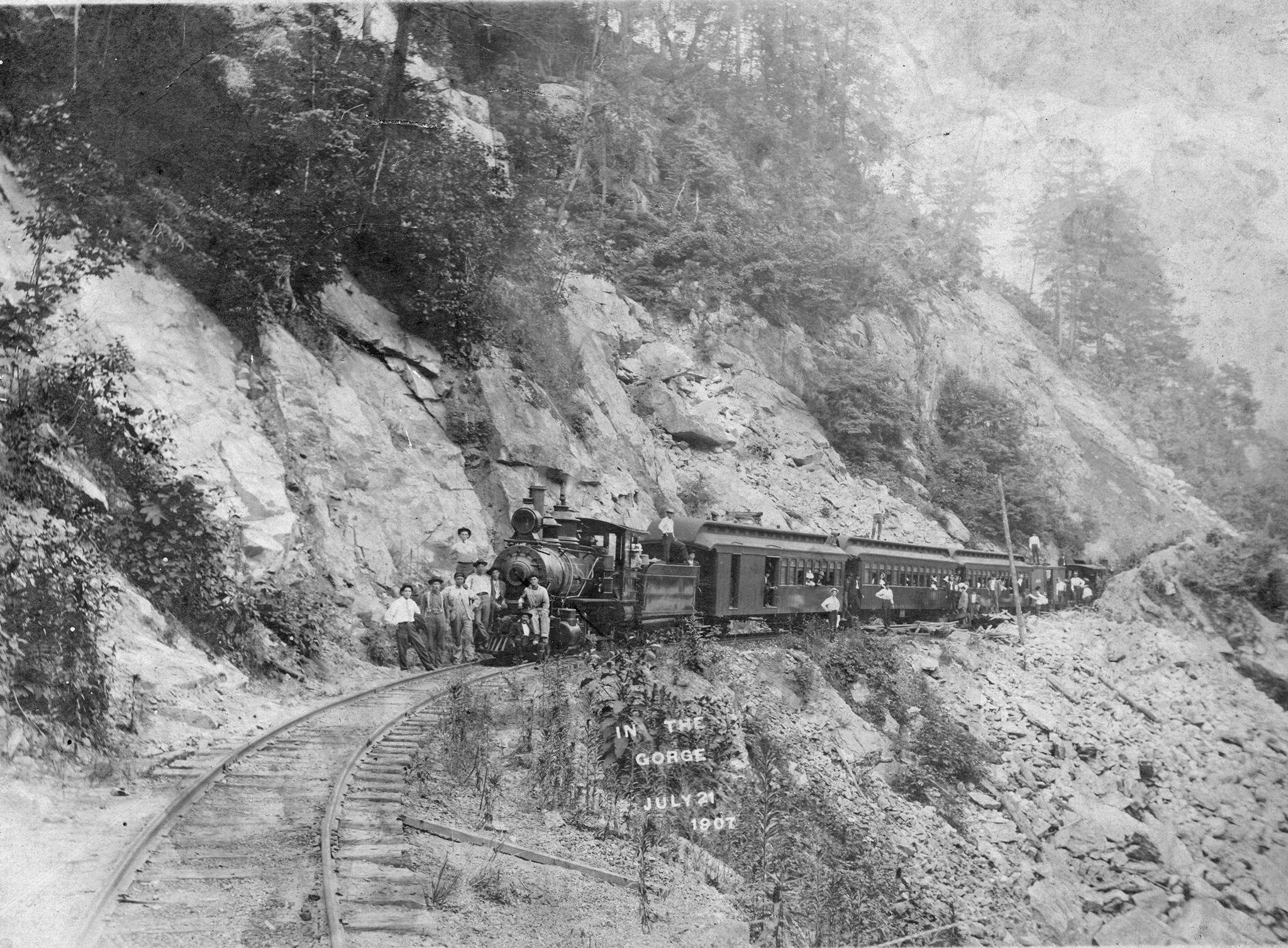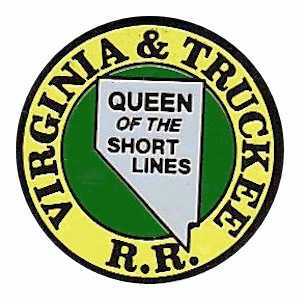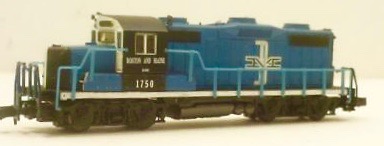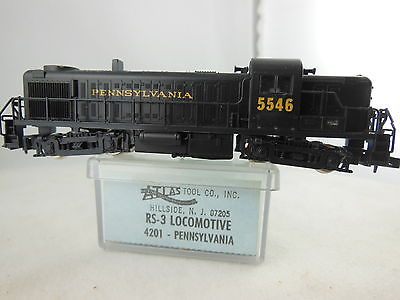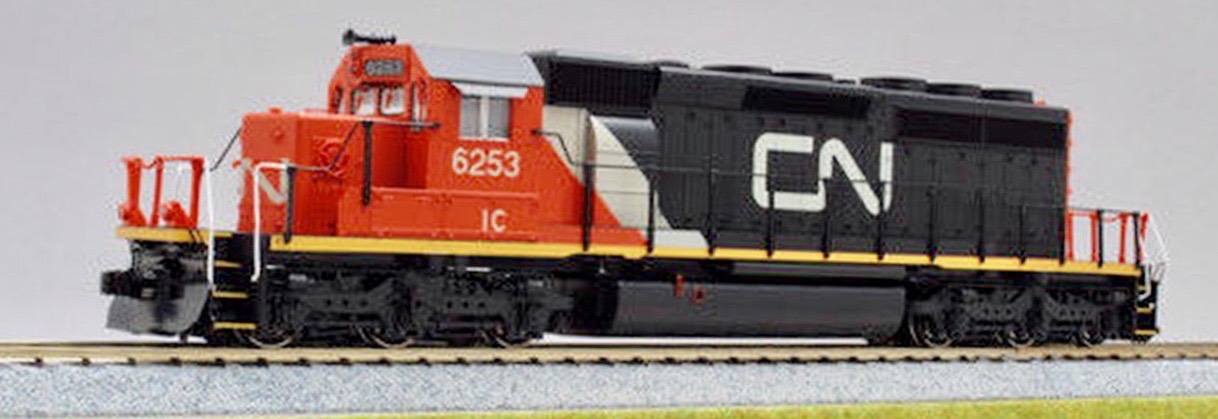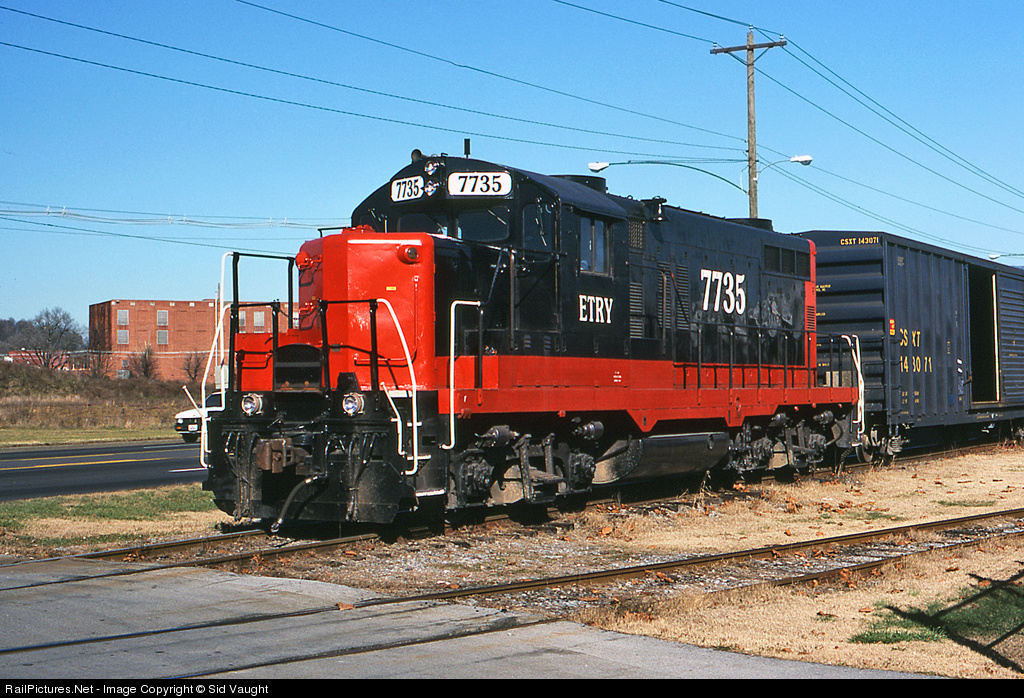Company History: The ET&WNC was chartered in 1866 as a 5’ gauge line. After a decade and a half of construction, stalls, re-think and ultimately reorganization, the ET&WNC opened with a 3’ gauge line from Johnson City, Tennessee, through Elizabethton to Cranberry, North Carolina. Total mileage was 36. The chief sources of traffic were high grade iron ore (good enough to make tool steel) and timber. In 1906, the line between Johnson City and Elizabeth was dual-gauged (standard and 3’.) In 1913, they bought control of the connecting 3’ gauge Linville River Railroad although washouts in 1940 would lead to the abandonment of that line.
The scenery along the narrow gauge route was spectacular so to make ends meet during the Great Depression, ET&WNC began operating excursion trains. Soon they picked up the nickname “Tweetsie” after the high pitched whistles on the narrow gauge locomotives. By 1950, the timber was mostly gone and the iron mines in Cranberry had played out so the narrow gauge line was abandoned. Operation continued on the standard gauge line from Johnson City to Elizabeth. The Tweetsie continued to switch the line with a pair of former Southern 2-8-0’s until 1967. That year, they effectively traded the two consolidations to Southern for a pair of Alco road-switchers. Southern wanted the consolidations for excursion service and Tweetsie had kept them in excellent repair. The company was sold in 1983 and the name changed to East Tennessee Railway.
The scenery along the narrow gauge route was spectacular so to make ends meet during the Great Depression, ET&WNC began operating excursion trains. Soon they picked up the nickname “Tweetsie” after the high pitched whistles on the narrow gauge locomotives. By 1950, the timber was mostly gone and the iron mines in Cranberry had played out so the narrow gauge line was abandoned. Operation continued on the standard gauge line from Johnson City to Elizabeth. The Tweetsie continued to switch the line with a pair of former Southern 2-8-0’s until 1967. That year, they effectively traded the two consolidations to Southern for a pair of Alco road-switchers. Southern wanted the consolidations for excursion service and Tweetsie had kept them in excellent repair. The company was sold in 1983 and the name changed to East Tennessee Railway.
Successor/Parent History:
The ETRY launched in 1983 to takeover the East Tennessee & Western North Carolina. At the time, they linked Johnson City and Elizabethton, Tennessee 9 miles away. The last customer in Elizabethton faded away in 2003 and the line to that town was formally abandoned in 2009 however operations continued on 5 miles of line in and around Johnson City. After passing through several hands over the years, ETRY joined the Genesee & Wyoming family of shortlines in 2005. A pair of SW1200’s (originally MoPac) in a spiffy version of Southern Railway’s Sylvan Green paint with ERTY lettering along with a GP8 (an old Frisco GP7 rebuilt at ICG’s Paducah Shops) work the line. Traffic includes chemicals, food, forest products, scrap and steel. Connections are with NS (formerly Southern) and CSX (formerly Clinchfield.)
Brief History: The U.S. is a country of 50 states covering a vast swath of North America, with Alaska in the northwest and Hawaii extending the nation’s presence into the Pacific Ocean. Major Atlantic Coast cities are New York, a global finance and culture center, and capital Washington, DC. Midwestern metropolis Chicago is known for influential architecture and on the west coast, Los Angeles' Hollywood is famed for filmmaking.
Item created by: gdm on 2019-11-09 17:37:58. Last edited by Lethe on 2020-05-07 00:00:00
If you see errors or missing data in this entry, please feel free to log in and edit it. Anyone with a Gmail account can log in instantly.
If you see errors or missing data in this entry, please feel free to log in and edit it. Anyone with a Gmail account can log in instantly.


